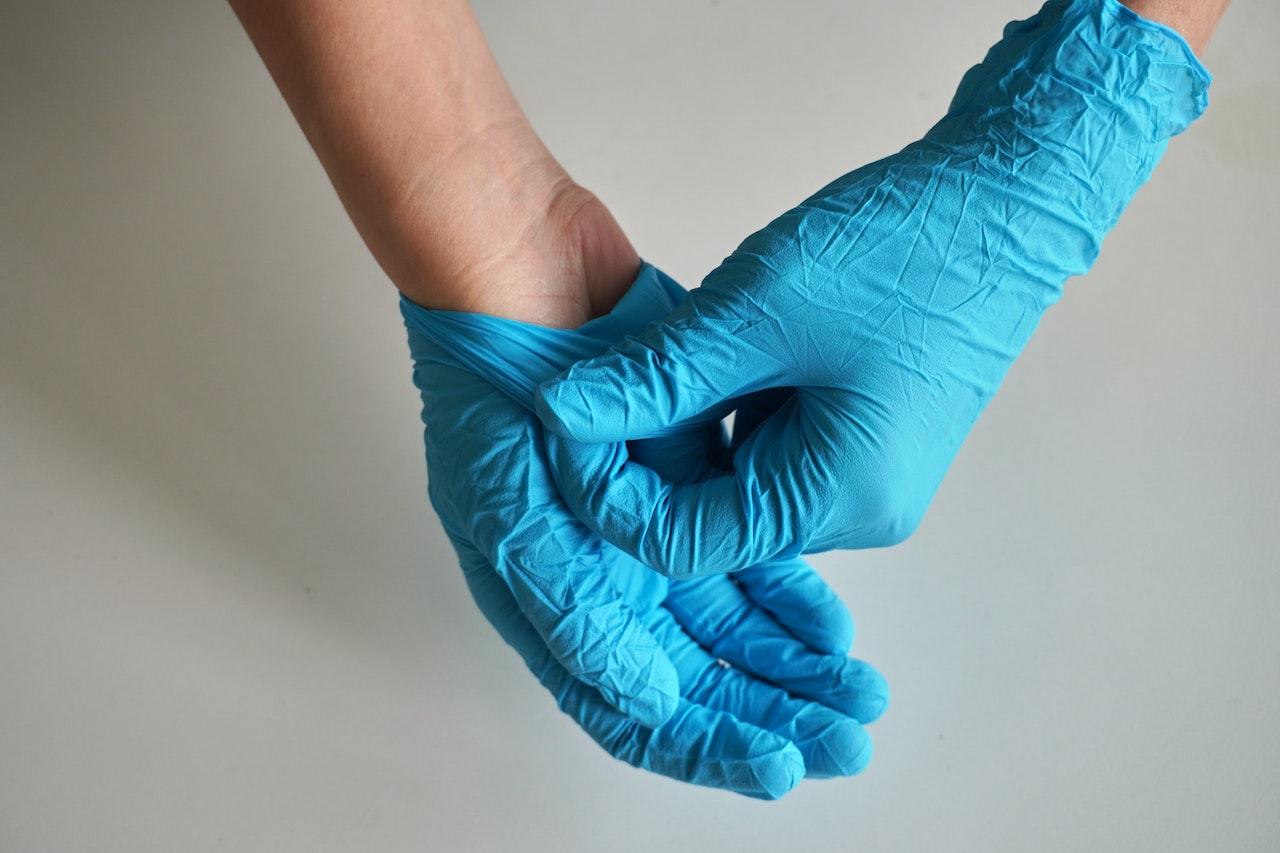In the fast-paced world of food service, hygiene is of utmost importance. Ensuring that food is prepared and served in a safe and clean manner is not only a legal requirement but also a moral obligation. One key aspect of maintaining hygiene in the kitchen is the use of gloves. But when are food workers required to change gloves? Let's delve into this crucial topic to understand the best practices that ensure both food safety and customer satisfaction.
The Role of Gloves in Food Handling
Gloves serve as a protective barrier between food workers' hands and the food they handle. They are essential in preventing cross-contamination and maintaining high standards of food safety. However, it's crucial to know when to change gloves to maximize their effectiveness.

When to Change Gloves
-
Before Handling Food: Food workers should always start with clean gloves before touching any food. This initial step sets the foundation for safe food handling.
-
After Touching Contaminated Surfaces: If a food worker accidentally touches a contaminated surface, such as a raw meat cutting board, they must immediately discard their gloves and put on a new pair.
-
After Handling Raw Meat or Seafood: Handling raw meat and seafood is a potential source of contamination. Changing gloves after such tasks is a must to prevent the spread of harmful bacteria.
-
When Changing Tasks: Transitioning from one task to another, especially from handling raw foods to preparing ready-to-eat items, necessitates a glove change. This practice ensures that ready-to-eat items remain safe from any potential contaminants.
-
After Breaks or When Gloves are Damaged: If a food worker takes a break, touches their face, or if the gloves become torn or compromised in any way, they should change them immediately.
Glove Best Practices
To maintain optimal hygiene, food workers should also adhere to some best practices when using gloves:
-
Hand Washing: Proper hand washing is crucial before putting on gloves and after removing them. Gloves should never replace thorough hand hygiene.
-
Proper Fit: Gloves should fit snugly but comfortably, allowing for dexterity. Loose-fitting gloves can lead to accidents and contamination.
-
Regular Changes: Changing gloves regularly, as needed, is essential. Reusing gloves increases the risk of cross-contamination.
The Legal Implications
Understanding when food workers are required to change gloves is not only about food safety but also about compliance with legal regulations. Health departments and food safety agencies have guidelines in place to ensure the safe handling of food.
Food Safety Regulations

Food safety regulations vary by region, but they typically require:
-
Glove Usage: Regulations often mandate the use of gloves when handling certain foods, especially ready-to-eat items.
-
Glove Change Frequency: Some regulations specify how often gloves should be changed during food preparation.
-
Hand Washing: Proper hand washing practices are a common requirement in food safety regulations.
It's crucial for food establishments to stay informed about and compliant with these regulations to avoid fines and maintain the trust of their customers.
Customer Perception
Beyond legal requirements, customer perception plays a significant role in determining when food workers should change gloves. Customers expect their food to be prepared and served in a clean and hygienic environment.
Meeting Customer Expectations
Food establishments that prioritize hygiene and regularly change gloves are more likely to earn the trust and loyalty of their customers. A single incident of negligence can lead to negative reviews and a loss of reputation.

Conclusion
In the world of food service, maintaining hygiene is paramount. Knowing when food workers are required to change gloves is a fundamental aspect of ensuring food safety and customer satisfaction. By following best practices, complying with legal regulations, and meeting customer expectations, food establishments can create a safer and more enjoyable dining experience for all.
FAQs
Q1: How often should food workers change gloves?
Q2: Do all food establishments have the same glove-changing requirements?
Q3: Can using gloves alone guarantee food safety?
Q4: What should food workers do if they run out of gloves during a busy shift?
Q5: Is glove changing necessary for all types of food handling?

0 comments